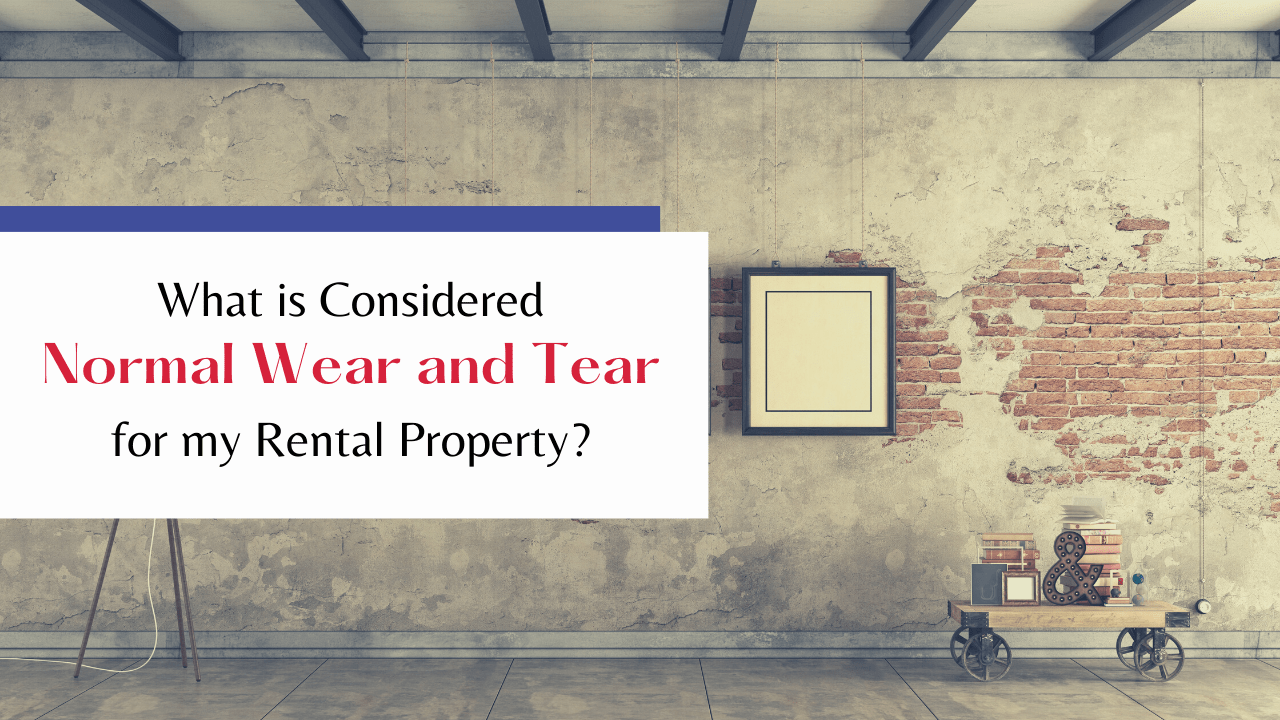Orlando rental properties are bound to have the normal amount of wear and tear caused by age and occupancy. Wear and tear issues are common and expected, and as the property owner, you will bear the financial responsibility of making those repairs. It’s part of maintaining your home.
There’s often confusion about what “normal wear and tear” looks like in a rental home and how it differs from tenant damage. Here’s what you need to know.
Wear and Tear in Orlando Rental Homes: A Definition
Wear and tear is the naturally occurring deterioration that happens at all properties. It doesn’t matter who is living there - homes are going to show signs of being used. Here are some easy to identify wear and tear issues:
Faded or chipped paint on your walls
Small holes from where pictures were hung
Scuff marks on walls and floors from furniture
Chipped caulking and mold or mildew between tiles
Tenants aren’t required to pay for these things.
Unfortunately, this definition can feel pretty subjective. What you consider to be damage might be seen as normal wear and tear by your tenants. It illustrates the importance of clear communication, direct expectations in the lease agreement, and documented move-in and move-out inspections.
Orlando Climate Impacts Wear and Tear
Earlier in this blog, we said you should anticipate the normal amount of wear and tear in your rental property. Actually, you should plan on a little more than normal.
Orlando rental properties face unique wear and tear issues because of Florida’s climate. There is high humidity and a lot of intense sunlight, and even winters can be warm. This will usually fade your exterior paint and diminish your window treatments. Air filters and air conditioning units will work overtime. These are things you’ll have to expect when you’re considering how your property shows its wear.
How the Security Deposit Reflects Damage vs. Wear and Tear
Wear and tear items are a landlord’s responsibility, but damage caused by the tenant can be paid for out of the security deposit.
Even if a resident broke something unintentionally, it’s still that resident’s responsibility. When you inspect the property and notice damage beyond the normal wear and tear or any problems that are due to the abuse, misuse, or neglect of your property, you can turn to the security deposit. Large holes in the walls or broken windows would qualify as damage. Huge scratches on wood floors from a dog or mold under a sink because a leak was never reported could also be considered damage.
Documenting Rental Property Condition
 Normal wear and tear can usually be separated from tenant damage by looking at your move-in inspection report and comparing it to your move-out inspection report. You will want to have pictures of everything, and if a tenant tries to dispute a charge for damage, you can provide the picture or the video that shows why you made the deduction. Usually, this resolves the issue.
Normal wear and tear can usually be separated from tenant damage by looking at your move-in inspection report and comparing it to your move-out inspection report. You will want to have pictures of everything, and if a tenant tries to dispute a charge for damage, you can provide the picture or the video that shows why you made the deduction. Usually, this resolves the issue.
If you have any questions about wear and tear, please contact us at RE/MAX 200, and we’d be happy to help you understand this or anything pertaining to Orlando property management.




